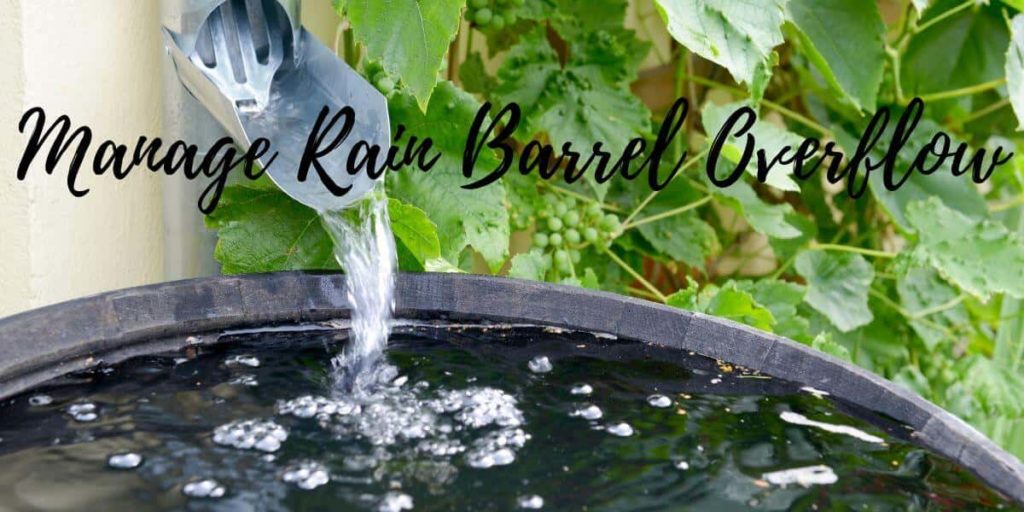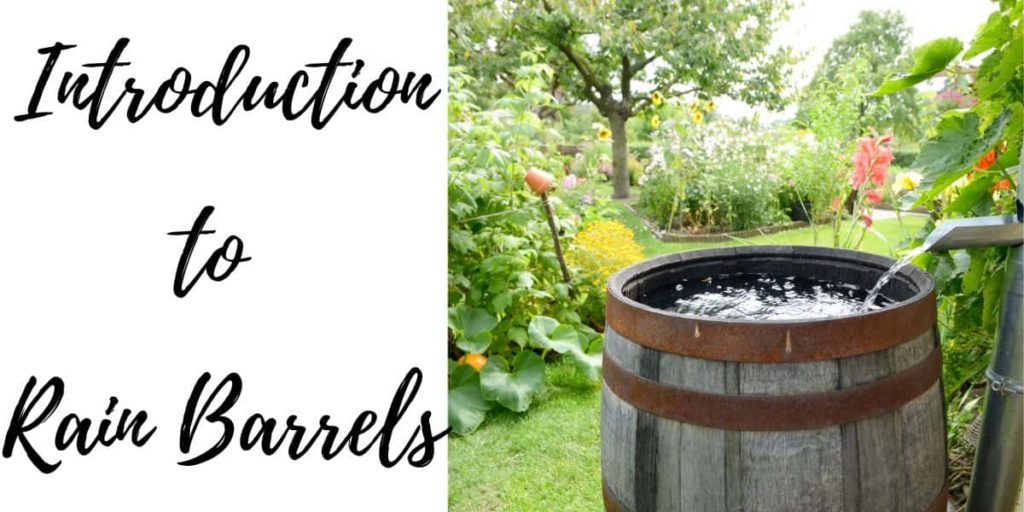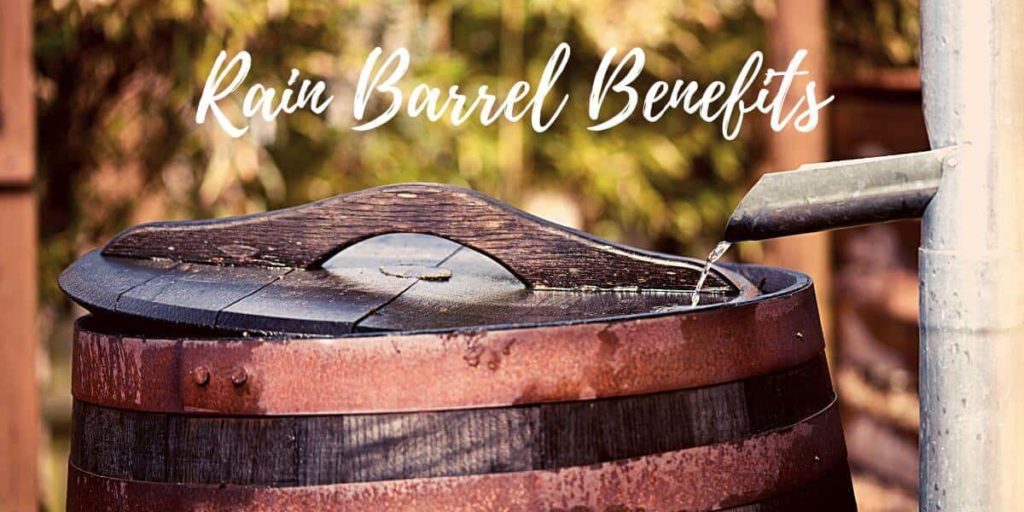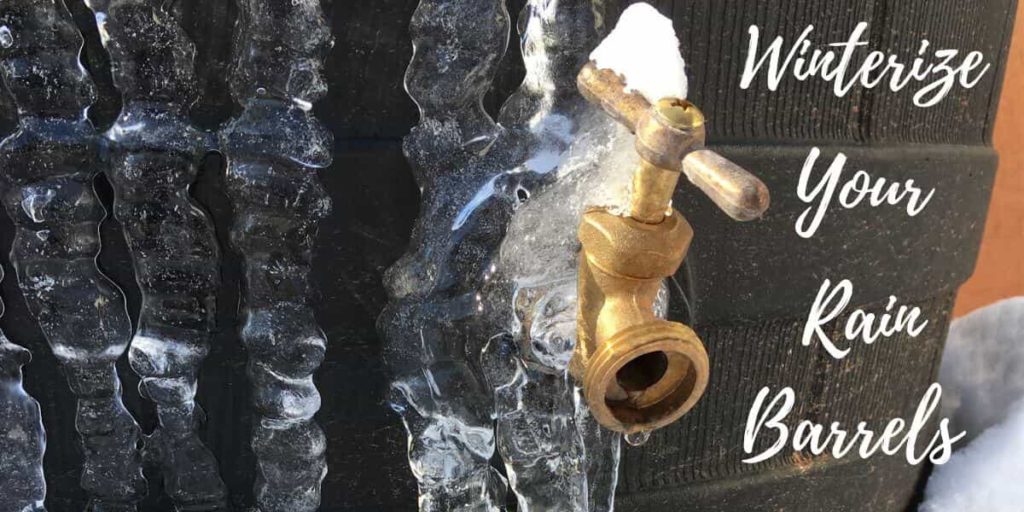Using a rain barrel for gardening is an excellent way to conserve water and reduce your dependence on municipal water supplies. However, heavy rainfall can quickly fill up your rain barrel, leading to overflow and potential damage to your home’s foundation or landscape.
In this post, we will explore the various solutions available for managing rain barrel overflow, ensuring that you are prepared for any weather event. From simple solutions such as redirecting overflow with a hose to more complex installations such as an underground drainage system, we will cover everything you need to know to keep your rain barrel functioning effectively and efficiently. Whether you are new to rainwater harvesting or a seasoned pro, this guide to rain barrel overflow solutions will provide you with the knowledge and tools you need to make the most of your rain barrel and protect your home and garden.
Rain barrel overflow solutions
When a rain barrel is full, excess water can overflow and cause problems such as erosion, flooding, or damage to the foundation of a building. To prevent these issues, there are various solutions for managing rain barrel overflow:
1. Install an overflow hose:
An overflow hose for rain barrels is a simple and effective solution for managing excess water during heavy rainfall. The hose is attached to the rain barrel and extends from the top of the barrel to the ground, directing overflow away from the foundation of your home and preventing erosion in your garden.
When the water in the barrel reaches a certain level, it will begin to overflow into the hose and flow away from the barrel. The hose should be long enough to reach a suitable location.
The overflow hose can be directed to any location, such as a nearby garden bed or drainage ditch, where the water can be put to use. An overflow hose is an essential accessory for any rain barrel system, as it helps to prevent damage to your home’s foundation and landscape while ensuring that you are making the most of your rainwater collection. The hose is easy to install and inexpensive, making it a practical and sustainable addition to your rainwater harvesting setup.
2. Install a downspout diverter:
A downspout diverter is a device that redirects excess water from the rain gutter to a separate downspout or drainage area when the rain barrel is full. This can help prevent overflow and ensure that water is not wasted.
A downspout diverter for rain barrels is a device that allows you to redirect water from your home’s downspout into your rain barrel. The diverter is installed between the downspout and the barrel, and it is designed to automatically divert water into the barrel when it is empty and to allow water to flow through the downspout when the barrel is full. The diverter typically consists of a valve or lever that can be turned to control the flow of water and a hose that connects the diverter to the rain barrel. The diverter is an essential accessory for any rain barrel system, as it helps to prevent overflow and ensures that your barrel is always collecting water. It is also an effective way to conserve water and reduce your dependence on municipal water supplies. A downspout diverter is easy to install and can be found at most home improvement or gardening stores, making it a practical and sustainable addition to your rainwater harvesting setup.
3. Connect multiple rain barrels:
If you have space, you can connect multiple rain barrels together using a linking kit. Connecting multiple rain barrels is a great way to increase your rainwater storage capacity and ensure that you have enough water to meet your gardening needs.
The installation steps are the same as for a single rain barrel installation. The additional step is installing the connector kit.
A connector kit for rain barrels is a set of components that allows you to connect multiple rain barrels together to increase your water storage capacity. The kit typically includes hoses, couplings, and adapters that are used to join the barrels together. The hoses are usually made from a durable material such as PVC or polyethylene, and they come in different lengths to accommodate various distances between the barrels. The couplings and adapters are designed to fit different sizes of barrels and hoses, making it easy to customize your rain barrel setup.
Connector kits can also include additional components such as spigots, overflow valves, and hose clamps to help ensure that your rain barrel system is fully functional and leak-free. Some kits may even come with installation instructions or online resources to help you with the process.
Using a connector kit is a great way to expand your rainwater harvesting system and make the most of your water resources. It’s an affordable and easy way to connect multiple rain barrels together and create a sustainable source of water for your garden.
4. Install a rain garden:
A rain garden is a planted area designed to absorb and filter excess water from rain barrels and other sources. Rain barrels are a popular way to collect rainwater for watering gardens, but during heavy rain events, the barrels can quickly fill up and overflow, causing water to run off onto impervious surfaces like sidewalks, driveways, and roads. This can contribute to stormwater runoff, erosion, and pollution.
A rain garden for rain barrels is designed to capture this overflow and allow it to slowly infiltrate into the ground, filtering out pollutants and reducing the amount of runoff. The rain garden is typically located downhill from the rain barrels and is designed to handle the amount of water that would overflow from the barrels during a heavy rain event.
The plants in a rain garden for rain barrels are carefully selected to tolerate both wet and dry conditions and to filter pollutants from the water. The garden is typically dug into the ground and filled with a mixture of soil, compost, and mulch to improve drainage and water retention. The garden can be designed with a variety of shapes and sizes to fit different landscapes and aesthetic preferences.
Rain gardens for rain barrels are a sustainable and effective way to manage stormwater runoff and reduce pollution. By capturing and filtering rainwater, they help to protect local waterways and improve the health of the local ecosystem.
5. Install a larger rainwater harvesting system:
If you have a large property, you may want to consider installing a rainwater harvesting system that can collect and store larger amounts of rainwater. This can help prevent overflow while also providing a sustainable source of water for irrigation and other outdoor uses.
A rainwater harvesting system is a system that collects and stores rainwater for later use. The system typically includes a catchment area, such as a roof or a collection surface, gutters or downspouts to channel the water, a storage tank or cistern to store the water, and a distribution system to deliver the water where it’s needed.
Rainwater harvesting systems can be used for a variety of purposes, including watering plants, flushing toilets, and washing clothes and cars. They are especially useful in areas with limited access to clean water or in places where municipal water is expensive or unreliable.
The size and complexity of a rainwater harvesting system can vary depending on the needs and resources of the user. Some systems may consist of one or more rain barrels connected to multiple water tanks and sophisticated filtration systems.
These solutions can help prevent overflow and ensure that excess rainwater is safely and sustainably managed, while also protecting your property and the environment.
In conclusion, rain barrels are an excellent way to collect and conserve rainwater for your garden, but they can sometimes overflow during heavy rain events, which can cause damage to your property and contribute to stormwater runoff. Fortunately, there are several solutions available to help manage rain barrel overflow.
One option is to use an overflow hose, which directs excess water away from the barrel and onto a permeable surface, where it can slowly infiltrate into the ground. Another solution is to use a downspout diverter, which directs water into the barrel until it is full and then diverts excess water away from the barrel and into a rain garden or other landscape feature.
For those who need more storage capacity, connecting multiple rain barrels with a connector kit or integrating them into a rainwater harvesting system with water tanks can provide additional storage and reduce the likelihood of overflow.
Whatever solution you choose, it’s important to monitor your rain barrel and overflow system during and after rain events to ensure that they are functioning properly. By managing rain barrel overflow effectively, you can conserve water, reduce pollution, and protect the health of your local ecosystem.



